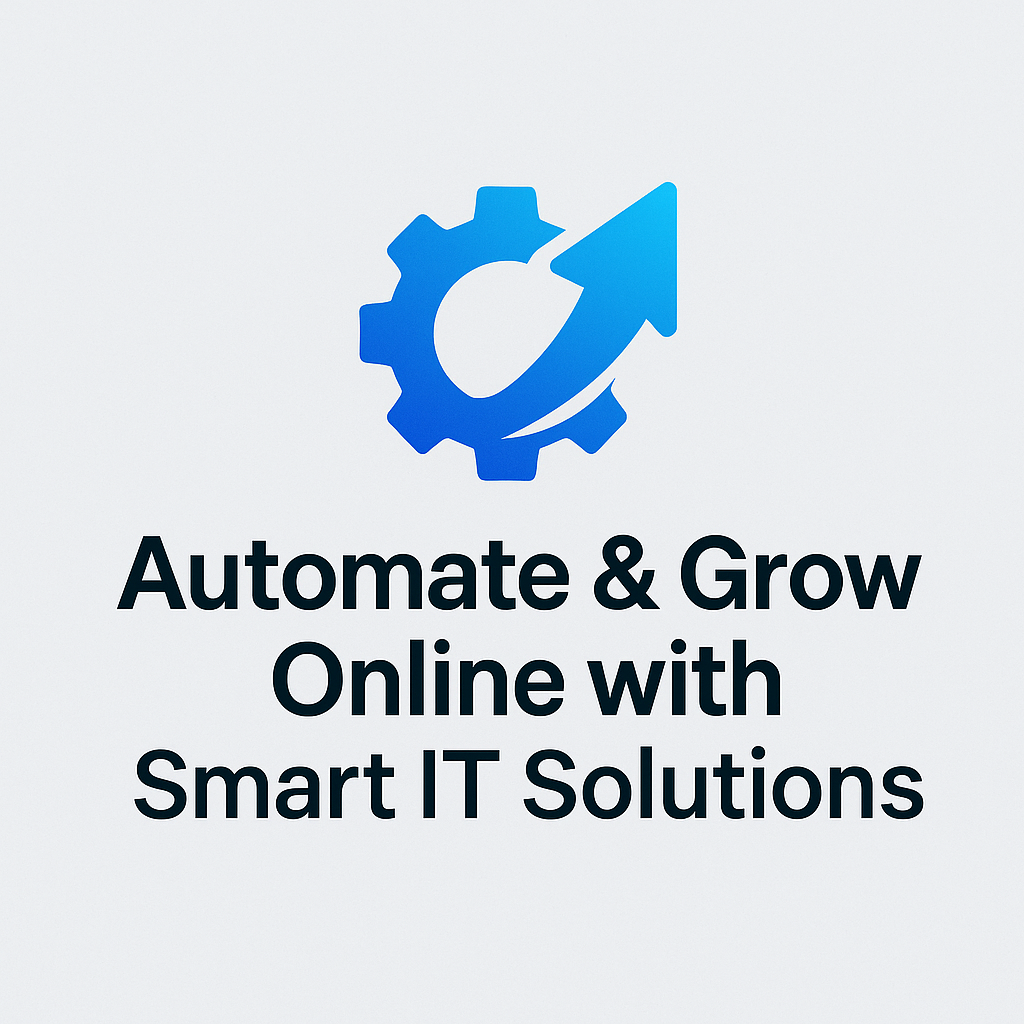Technology is rapidly expanding the limits of human capacity. We can recognize it in virtually all walks of life when we keep our eyes open for it, but nowhere is it more pronounced and prized than in the workplace.
Specifically, artificial intelligence (AI) has catapulted the modern workplace into an era that has redefined our professional relationship with technology and the skills necessary to navigate the dramatic changes within it. Just as the internet spearheaded a revolution not long ago — a period best described as Work 3.0 — AI is again reshaping what is needed from each of us in the workforce today. With those changes comes a necessary reevaluation from tech leaders. Now in the midst of Work 4.0, AI is driving tech organizations to change how they hire, grow, and collaborate across teams.
Work 3.0 vs. 4.0: What We Can Learn from the Past
The previous wholesale workplace restructuring — let’s call it a mass upskilling — occurred with the introduction of the internet and the rise of the digital workplace. Technology was at the forefront of change then, as it is now. So, what can we glean from our knowledge of the inception of Work 3.0 that might help us better prepare for the changes in Work 4.0, specifically for hiring technology professionals?
Whereas the markers that best defined Work 3.0 were associated with talent distribution and the opportunities provided to organizations based on flexibility of location or platform, Work 4.0 is defined by the evolution of worker skill sets and the integration of human excellence with agentic AI. Put plainly, this new era of work will become less reliant on hard skills, experience, and static credentials. Instead, high aptitude, emotional intelligence, and critical thinking will become more valuable. Thus, it’s less restrictive from a hiring perspective.
Although Work 3.0 and 4.0 are in many ways different, there is one takeaway organizations can count on: Rapid change will be necessary. Work 4.0 is arriving even faster than its predecessor. In response, technology leaders will need to quickly adapt their strategies to hire the right people, upskill their teams, and serve as a positive example to their larger organizations.
How Work 4.0 Changes the Talent Leaders Need
With the shift in workplace focus from hard skills and technical acumen to soft skills, technology leaders have had to confront the need to recruit and upskill their multifaceted workforce in a different way.
For instance, from my seat as a technologist, I may adapt to this shift using specific strategies and with certain end goals in mind for my engineering team. I ask particular questions: What technical resources are needed? How do we write code with AI? How do we upscale?
But as an IT leader, I also have to consider the rest of the organization — sales teams, marketing, customer support. The changes under Work 4.0 won’t look the same to a programmer as they do to a sales rep or a corporate accountant.
We all need to row in the same direction, but what does that look like? How can we upskill all workers across departments quickly, while maintaining quality? These problems will be shared by technical organizations and nontechnical organizations alike.
Here’s what is really tricky: The traditional upskill engine for most companies isn’t yet equipped to take on Work 4.0. The development of these AI-centered skills and the adoption of a new hiring model are dependent on a mature infrastructure. Yet, the likelihood that a company has a defined AI stack, with well-considered rules and guardrails that can help define and build a curriculum, are slim to none. It’s a conundrum with which many technology leaders are already grappling.
Steps for Tech Leaders
Change is difficult for most organizations and industries. But in the technology sector, where workers pride themselves on their technical skills, organizational leaders face a particularly daunting challenge of reorienting a workforce around soft skills — communication, adaptability, emotional intelligence. It’s an enormous lift.
Remember: Upskilling isn’t about replacing what they do best. It’s about expanding what makes them effective in modern, tech-enabled teams, and optimally integrating those teams in the age of Work 4.0. Soft skills today are actually “power skills,” core differentiators in high-performance, AI-augmented teams.
Two things must be done to support this shift: First, embed soft-skill development into upskill strategies, not as a side module but alongside technical learning. Both hard and soft skills are now mission-critical, and each augments the other. Second, organizations must improve their ability to measure soft skills quickly.
Investing in this sort of visibility helps tech leaders coach more effectively, plan for talent mobility, and make smarter hiring decisions. When done right, it reinforces that soft skills aren’t “extra” — they’re essential to building resilient, high-impact teams in the era of AI-driven, intelligent work.


